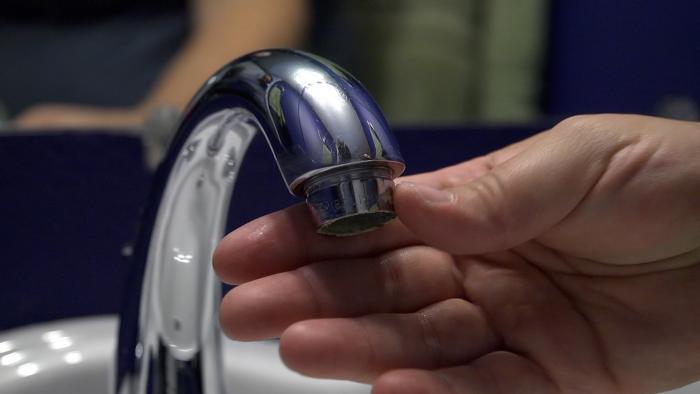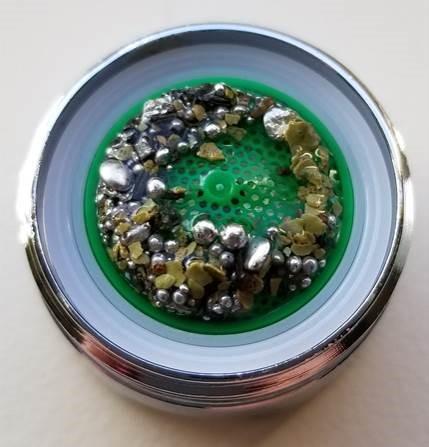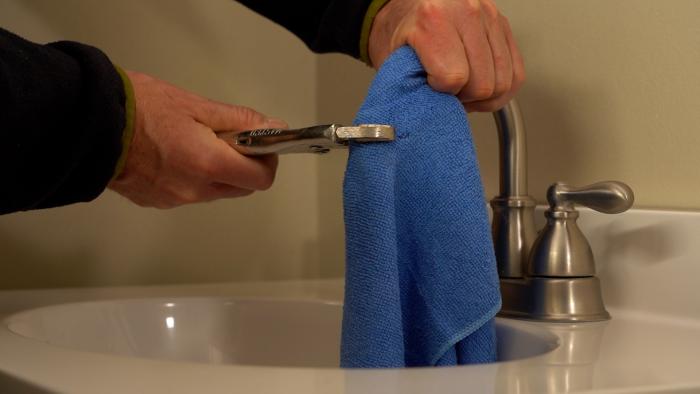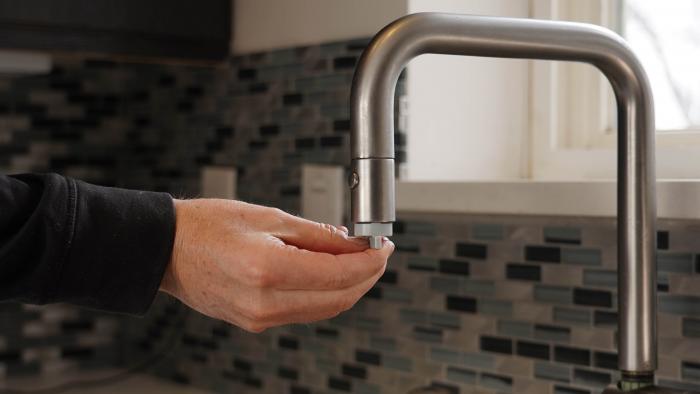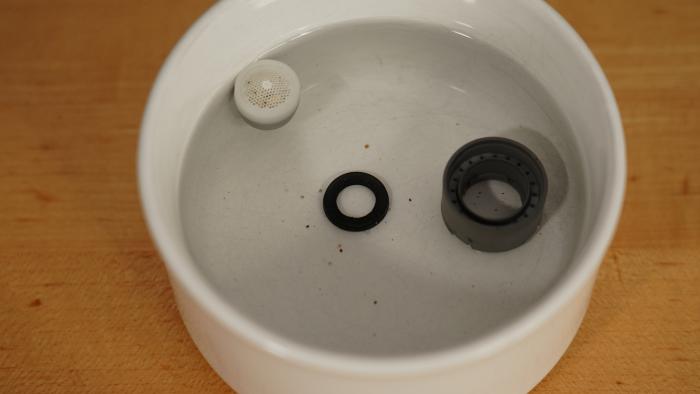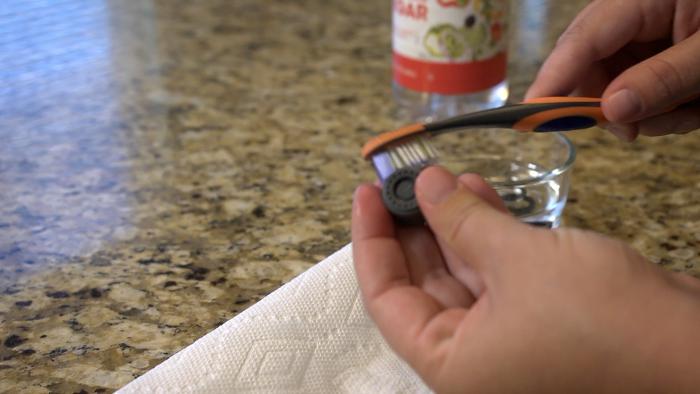The big benefits of cleaning and updating faucet aerators
You may not have known, but at the end of your faucet is a small screen — also known as an aerator — that plays a big part in your home’s water.
Aerators screw into kitchen and bathroom faucets. Holes in the screens add air to the water as it streams out of the faucet.
And in a classic case of small things having a big impact, these aerator screens have multiple purposes, including:
- Reducing the amount of water that comes out of the faucet.
- Shaping the stream of water.
- Maintaining or improving the water pressure.
- Preventing water from splashing when it hits your hands, the sink, a glass or anything else.
- Catching debris and lead particles that may have gotten into the water.
With so many roles to play, it’s important to know why these small aerators need to be cleaned every six months and especially after construction work affecting water service. Another important reason to understand aerators is because they can also help save water which can save money on your water bill.
Reducing the risk of lead exposure
If you have a lead service line or indoor plumbing that contain lead, you are likely in Denver Water’s Lead Reduction Program and it’s important to clean your aerators every six months. Particles of lead can flake off lead pipes and plumbing and get into your water. Aerators can catch the lead particles, so it’s important to clean them to reduce the risk in your drinking water.
Read more about the sources of lead in drinking water and watch the video to see simple steps to reduce the risk of lead exposure from drinking water.
Removing debris after construction
It’s important to remove and clean aerators if there has been a water main break in your neighborhood, a water main replacement project or if you’ve had your service line replaced.
During construction, particles of dirt can get trapped in the aerator. If you had a lead service line replaced, particles of lead can break off the pipe and enter your water and get stuck in the aerator screen.
Cleaning aerators is an important step in flushing your pipes after construction. You can watch the video to learn more flushing pipes after construction or read these instructions.
Improve water flow
If you are not happy with the amount of water or pressure of the water coming out of your faucets, it may be due to excess debris trapped in the aerators. Removing and cleaning the aerators could help.
Save water and save on water bills
The Environmental Protection Agency says that replacing aerators with ones that have lower flow rates is one of the best ways to conserve water.
The EPA says switching from an aerator that releases 2.2 gallons per minute with one that releases 1.5 gallons per minute can reduce water use by 30% without reducing performance.
Often, washing hands or rinsing dishes can be done with lower flow rates. Using less water will also help lower your water bill.
How do I clean my aerators?
The first step of cleaning an aerator is to learn how to take it off the faucet.
There are two types of aerators.
One type of aerator screws on to the outside of a faucet and may require a pliers or wrench to loosen. The other type screws into the inside of the faucet.
If the aerator screws onto the outside of the faucet, you may need to use pliers, a wrench or a vice grip to loosen it. Be sure to wrap a towel or rag around the aerator before applying the tool so you don’t scratch the faucet’s finish.
“Hidden” or “recessed” aerators typically require a small aerator “key” to unscrew. Keys typically come with a new faucet or can be purchased at a home improvement or plumbing parts supply store or online.
You can also contact the faucet manufacturer and request a new one. Have the make and model number if possible.
Once you’ve taken the aerator off, take it apart and soak it in vinegar for five minutes. Then use a small brush, like an old toothbrush, to scrub the parts.
Once you’ve completed these steps, screw the aerator back into the faucet.
When should you clean your aerators and how often?
Aerators should be cleaned after any construction work that impacts your water service, such as water main replacement projects, water main breaks or a service line replacement.
In addition to cleaning after construction work, aerators should be cleaned about every six months.


